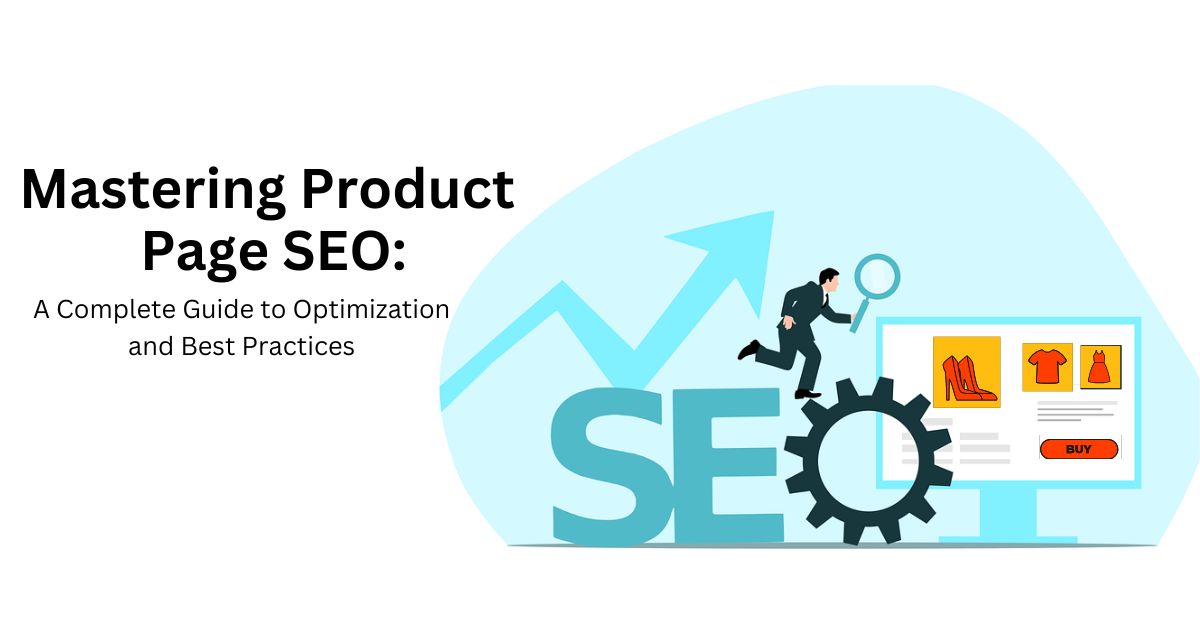Product Page SEO: Optimizing Your E-commerce Success
In the world of e-commerce, having an effective product page SEO strategy is essential for both drawing potential customers and converting them into buyers. Product page SEO involves optimizing each element of a product page to improve its visibility on search engines and enhance the overall user experience. By mastering SEO best practices for product pages, businesses can significantly increase traffic, visibility, and sales. This article delves into the core aspects of optimizing product pages, from keyword targeting to technical considerations, ensuring your online store achieves its full potential.
Understanding Product Page SEO
Definition of Product Page SEO
Product Page SEO refers to the set of techniques and strategies employed to improve the searchability and usability of individual product pages on an e-commerce website. By effectively implementing product page SEO, businesses can rank higher in search engine results pages (SERPs), attracting more organic traffic and improving their profitability.
Importance for E-commerce
Optimizing product pages is critical for e-commerce sites because it directly impacts user experience and sales conversion rates. An SEO-optimized product page can provide a seamless customer journey, making it easier for users to find the products they want and make informed purchasing decisions. Improved search visibility also means more opportunities for sales, which is crucial in the competitive landscape of online retail.
Key Elements of Product Page SEO
Keyword Research and Usage
To begin with product page SEO, identifying the right keywords is crucial. This process involves researching relevant keywords that potential customers use to find your products. Tools like Google Keyword Planner, SEMrush, and Ahrefs can be invaluable here. Once you identify these keywords, strategically place them throughout the product title, description, headings, and meta tags without overstuffing, to maintain natural readability.
On-Page SEO Elements
- Meta Titles and Descriptions: Make sure your product page titles and descriptions are concise, engaging, and contain relevant keywords. A well-written meta description can significantly improve click-through rates.
- Header Tags: Use header tags appropriately to structure your content. This practice not only benefits SEO but enhances readability.
- Product Descriptions: Writing unique and detailed product descriptions help both search engines and customers understand the product better, boosting SEO and conversion rates.
Optimizing Product Images
Images play a vital role in product pages. When optimizing product images, include descriptive alt attributes that contain relevant keywords. This not only aids in indexing by search engines but also enhances accessibility for visually impaired users. Additionally, compress images to improve page loading speed without compromising quality.
Technical SEO Considerations
Page Speed Optimization
Page speed directly affects user satisfaction and conversion rates. It’s crucial to implement practices such as image compression, leveraging browser caching, and minimizing JavaScript to ensure fast loading times for your product pages.
Mobile Optimization
In today’s mobile-first world, ensuring your product pages are responsive and easily navigable on mobile devices is non-negotiable. The importance of responsive design cannot be overstated, as a significant number of users browse and shop via smartphones and tablets. Mobile-optimized sites not only enhance user experience but also benefit SEO rankings.
Enhancing User Experience (UX)
Easy Navigation and Clear CTAs
Navigation should be intuitive, allowing users to find what they are seeking with minimal effort. This includes using breadcrumb navigation, having a well-organized product hierarchy, and clear, strategically placed calls-to-action (CTAs) such as “Add to Cart” or “Buy Now.” These elements should be highlighted to attract users’ attention immediately.
Incorporating User Reviews and Ratings
SEO Tools and Analytics
Monitoring SEO Performance
Monitoring is an essential component of any SEO strategy. Use tools such as Google Analytics, Google Search Console, and SEO plugins like Yoast or All in One SEO to track the performance of your product pages. These tools provide insights into traffic, user behavior, and keyword performance.
| Tool | Purpose |
|---|---|
| Google Analytics | Track visitor data and behavior |
| Google Search Console | Monitor search performance and technical issues |
| SEMrush | Conduct keyword research and competitive analysis |
Adjusting Strategies Based on Data
Data-driven adjustments are integral to refining your SEO efforts. Regular analysis of performance metrics should inform strategic changes, optimizing areas that lack effectiveness while capitalizing on those that drive success. This iterative process is key to sustaining growth and adapting to ever-changing market dynamics.
Conclusion
In conclusion, product page SEO is a multifaceted discipline integral to e-commerce success. From understanding the core concept and its importance, to implementing comprehensive on-page and technical optimizations, the benefits are numerous. Key takeaways include focusing on keyword relevance, enhancing user experience, and leveraging data analytics to inform strategic decisions. By applying these insights, businesses can significantly enhance visibility, user satisfaction, and ultimately, their bottom line.
By incorporating these strategies, you are taking actionable steps toward optimizing your product pages for both users and search engines. Implement some of these tips today, and observe how they positively impact your store’s performance.
We invite you to join the conversation in the comments below or share your insights on our social media channels. Discover more resources on related topics [here](#) and stay updated with the latest trends in e-commerce and SEO.







